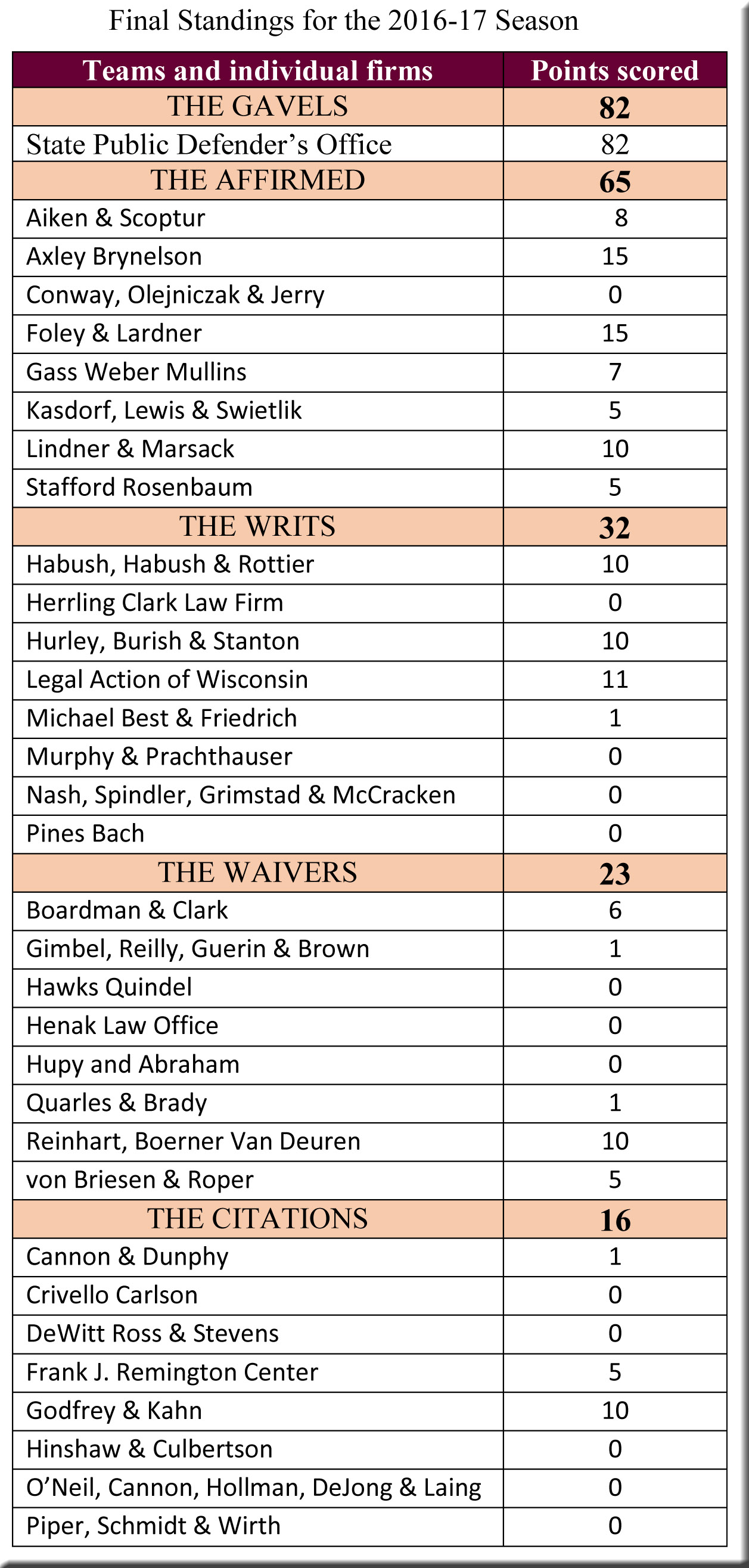After a decade and a half of relatively frequent turnover, the supreme court’s membership did not change from 2008-09 through 2014-15. During these seven terms, the justices were often placed along a spectrum that included two “liberals” (Justices Abrahamson and Ann Walsh Bradley) and three “conservatives” (Justices Roggensack, Ziegler, and Gableman), with the remaining justices (Crooks and Prosser) situated between these two groups, but closer to the “conservatives.”
Over the next two years, though, the death of Justice Crooks and the retirement of Justice Prosser brought two new justices (Rebecca Bradley and Daniel Kelly) to the court—and raised the question of how their voting has compared with that of the justices whom they replaced. Have they occupied roughly the same position on the spectrum as Justices Crooks and Prosser, or has their presence contributed to significant changes in the court’s voting patterns? Posts currently under consideration may explore this question with regard to specific issues or categories of cases, but today we offer a broader examination of the four justices’ votes.[Continue Reading…]
